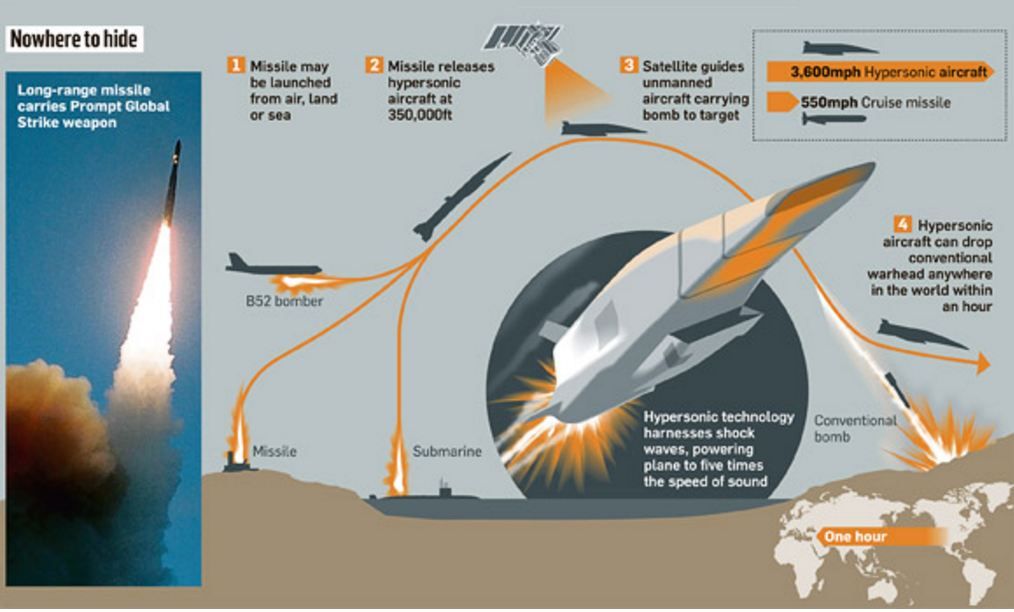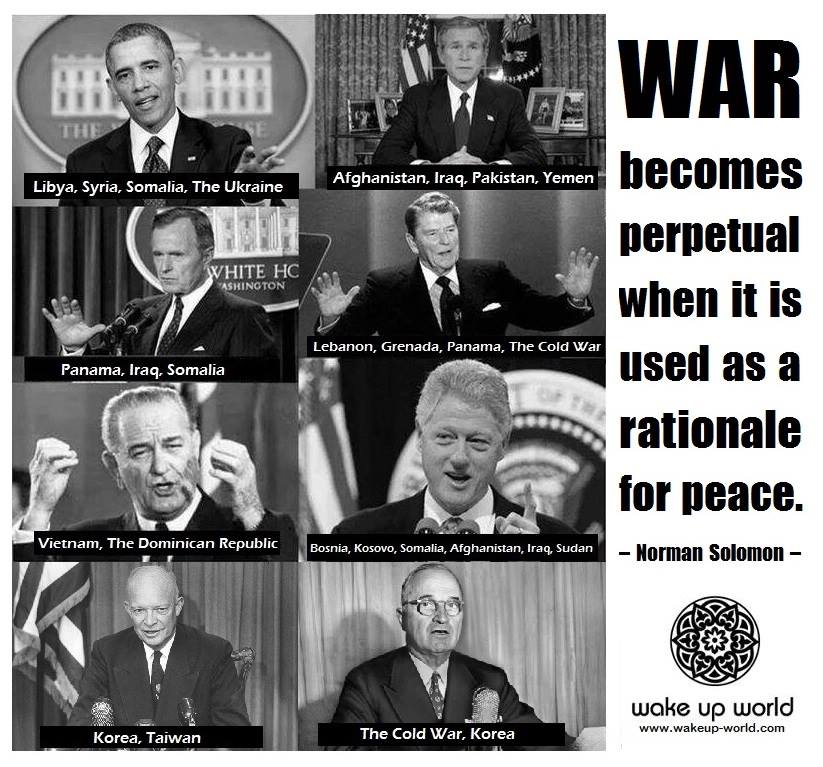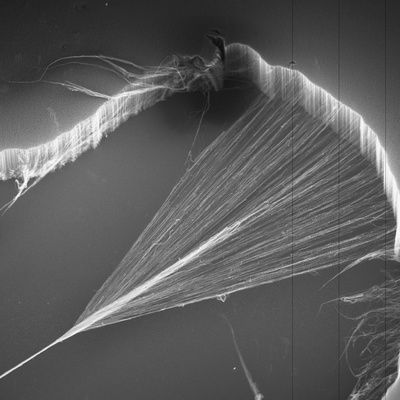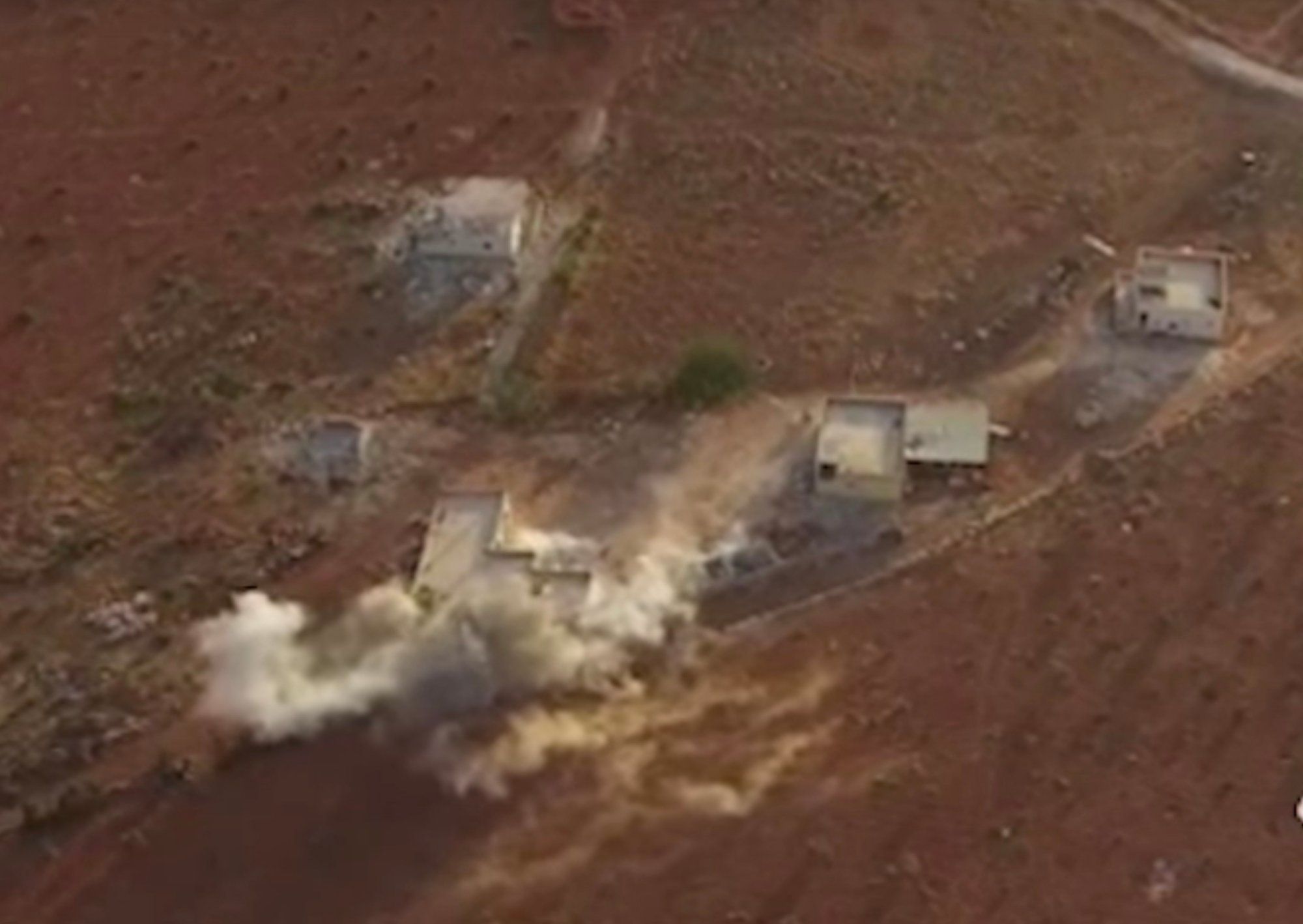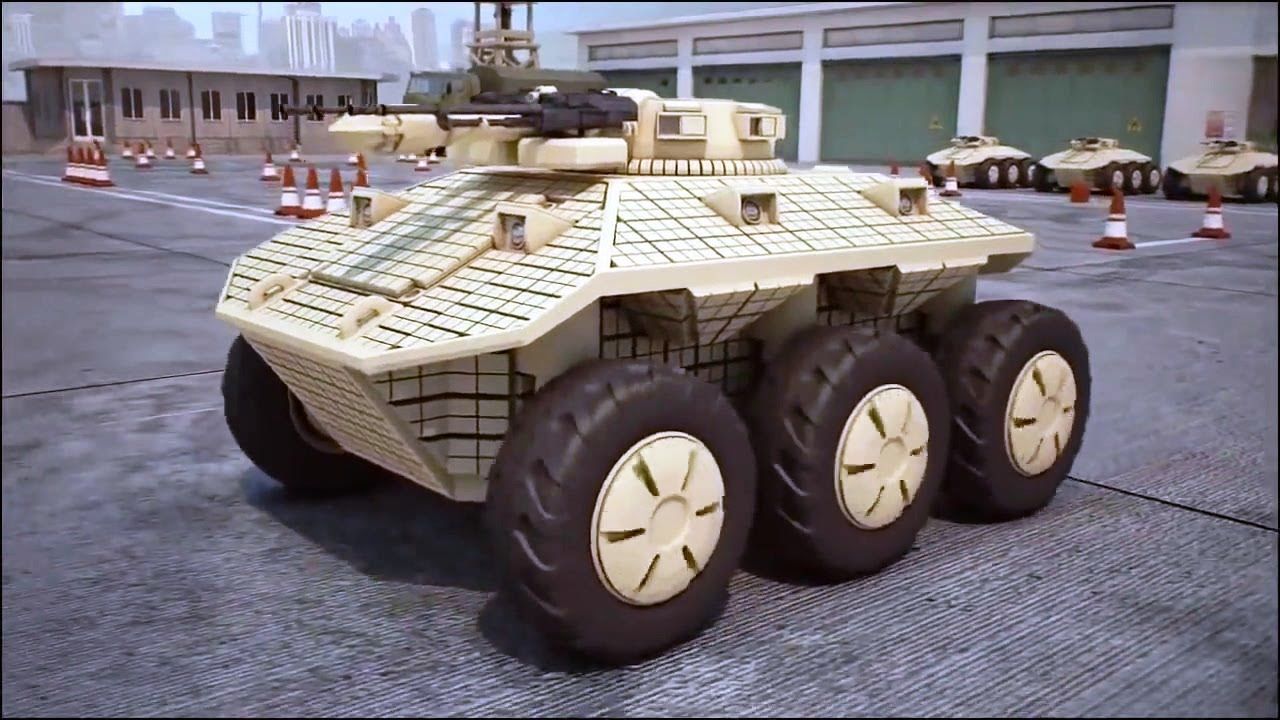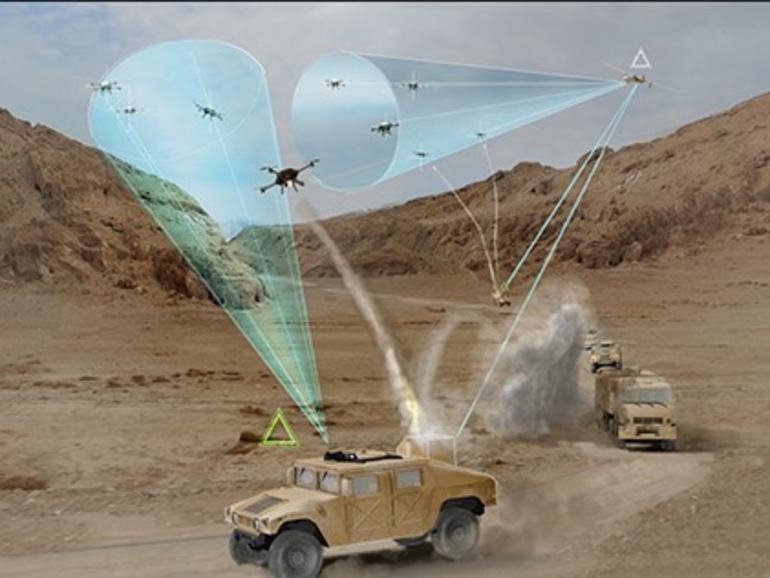I see a future in TSA, FBI, CIA, local law enforcement, insurance companies’ fraud units, etc.
Purdue is leading part of an international effort to develop a system for the military that would detect doctored images and video and determine specifically how they were manipulated.
“This team has some of the most senior and skilled people out there in the field, some of whom helped to create the area of media forensics,” said Edward Delp, Purdue’s Charles William Harrison Distinguished Professor of Electrical and Computer Engineering, in a press release.
The project is funded over four years with a $4.4 million grant from the U.S. Defense Advanced Research Projects Agency (DARPA). The research also involves the University of Notre Dame, New York University, University of Southern California, University of Siena in Italy, Politecnico di Milano in Italy, and University of Campinas, in Brazil.



